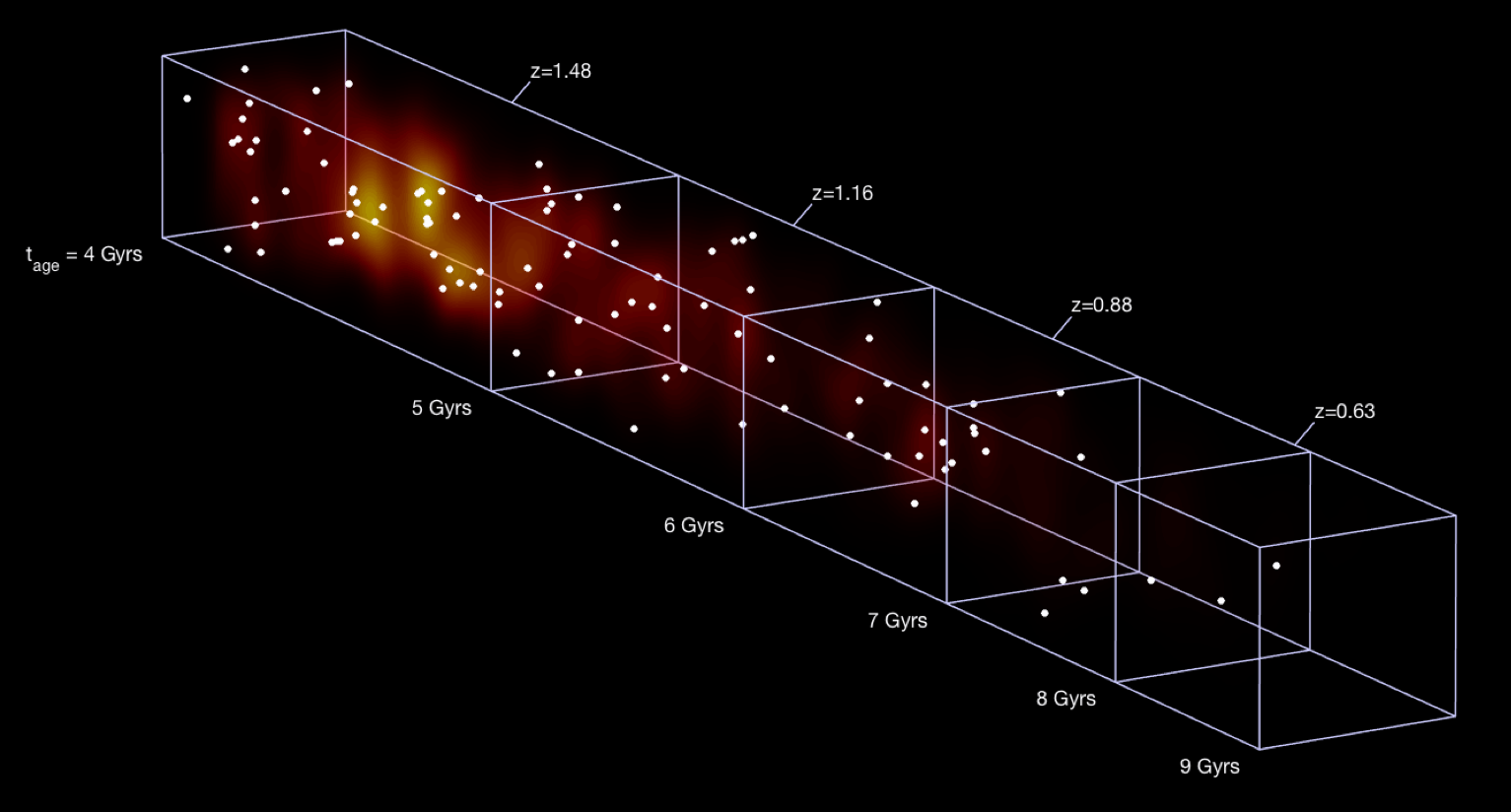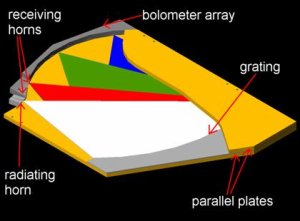|
|
James E. Aguirre
Assistant
Professor |
My research aims
to understand the formation and
evolution of stars and galaxies, and
to place them in the context of
cosmology and the large scale
structure of the universe. |
Current Research Projects
 |
HERA A description of this research in 60 seconds and a longer version. |
|
 |
TIM A description of this research in 60 seconds. |
|
 |
Simons
Observatory |
Previous Research Projects
 |
|
Z-Spec is a moderate resolution grating spectrometer for detecting molecular lines in local ULIRGs and carbon monoxide (CO) in high redshift galaxies. It covers the entire 200 - 300 GHz (1.6 - 1.0 mm) atmospheric window with ~1000 km/s resolution. Z-Spec was fully commissioned during the spring of 2007 and observed routinely at the Caltech Submillimeter Observatory on the summit of Mauna Kea until May of 2010. Beginning in October 2010, Z-Spec operated at the APEX telescope in Chile as a guest instrument, and took its last observations there in late 2012.
|
|
|
|
The Precision
Array to Probe the Epoch of Reionization
(PAPER)
is an instrument designed to detect
a signature of the first stars and
galaxies. It does this by
detecting the voids produced in
emission from neutral hydrogen (HI)
as these first stars ionize the
previously-neutral universe.
PAPER is an interferometer operating
from 100 - 200 MHz (near FM radio
frequencies); one of the antenna
stations is shown at left.
PAPER currently has a 32 antenna
test station operating in Green
Bank,
|
 |
MUSTANG - a 3 mm bolometer array camera for the Green Bank Telescope. |
|
|
|
|
The Bolocam Galactic Plane Survey. A 1.1 mm continuum survey of the First Quadrant of the Galactic Plane and selected fields in the Outer Galaxy. |
 |
|
Bolocam has also been used to search for distant, dust-enshrouded star forming galaxies. There are two deep fields, the Lockman Hole and COSMOS. The Lockman Hole maps are available from IPAC. |
|
|
|
My thesis work
was on TopHat,
a balloon-borne telescope designed
to measure anisotropy
in the Cosmic Microwave Background
(CMB) radiation. You can read
more on Wikipedia. |



